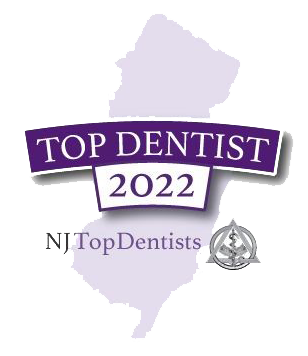
Can Massage Improve Your TMJ?

Temporomandibular joint (TMJ) disorders affect more than 10 million Americans, causing significant discomfort in the jaw region. To squash this pain, patients look for a variety of remedies. Renowned dentists Dr. Ivan Stein and Dr. Allan Stein specialize in caring for patients with TMJ. Here, they discuss whether massage is a useful tool for TMJ pain relief.
Massage Is Useful for Many Patients
Fortunately, researchers have found that massage can be a great way to address the symptoms of TMJ. While it is not effective for every patient, many people receive welcome pain relief by kneading the tissue surrounding the jaw. The only way to know if it works for you is to give it a try.
Some patients visit professional masseuses to have a TMJ massage performed, with the relaxing environment further soothing the anxiety that can contribute to TMJ. However, most can see positive benefits from performing massage on themselves in the comfort of their own homes.
How to Massage
To help our patients with TMJ better relieve their pain, we offer a brief explanation on how to perform three of the most effective jaw massages.
Kneading Massage
For many, the most effective massage is one that makes a circular motion on the jaw. Start by identifying your masseter muscles, which are just below the cheekbone and behind the molars. Carefully press a couple fingers against these muscles, moving them circularly. Not only does this improve blood flow to the region, it also warms the muscles for improved movement. You can continue this massage until you notice some pain relief.
Friction Massage
You may find that putting pressure on the jaw can relieve some of your pain. This is fine, but it is important to put the right amount of pressure on the right location to see any benefits. Use your index finger to firmly apply pressure to the mandible muscle, located just below your masseter. It may take some experimentation to find the precise spot and amount of pressure to dull your pain.
Stretching Massage
Using both hands, place your thumbs against each your mandible muscles. Apply pressure and then drag your thumbs downward along your jaw. This should stretch the muscle apart from your upper jaw. You may repeat this (while altering the amount of pressure to see what works best) to relieve pain.
Seek More TMJ Advice from the Experts
Massage is a great tool for relieving joint pain, but it is rarely sufficient to prevent future pain. Bruxism (or teeth grinding) is one of the leading causes of TMJ. By treating this problem, you may be able to avoid a lot of jaw-related pain before it starts. Call 855-TMJ-DOCS to make an appointment with Dr. Stein and Dr. Stein at the Headache & TMJ Center of New Jersey.

